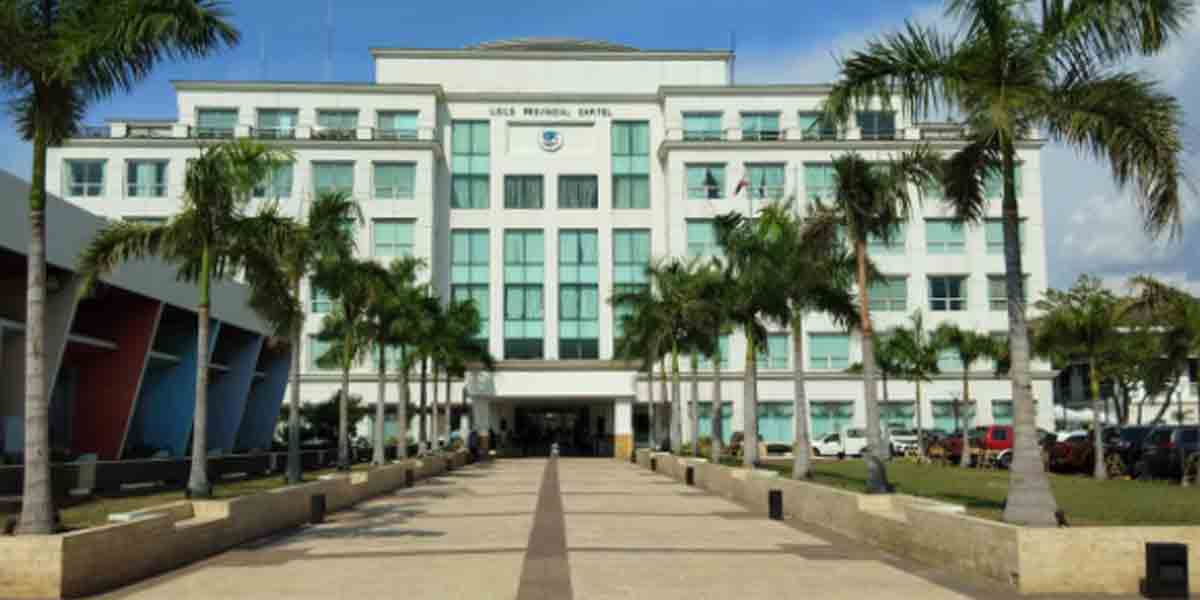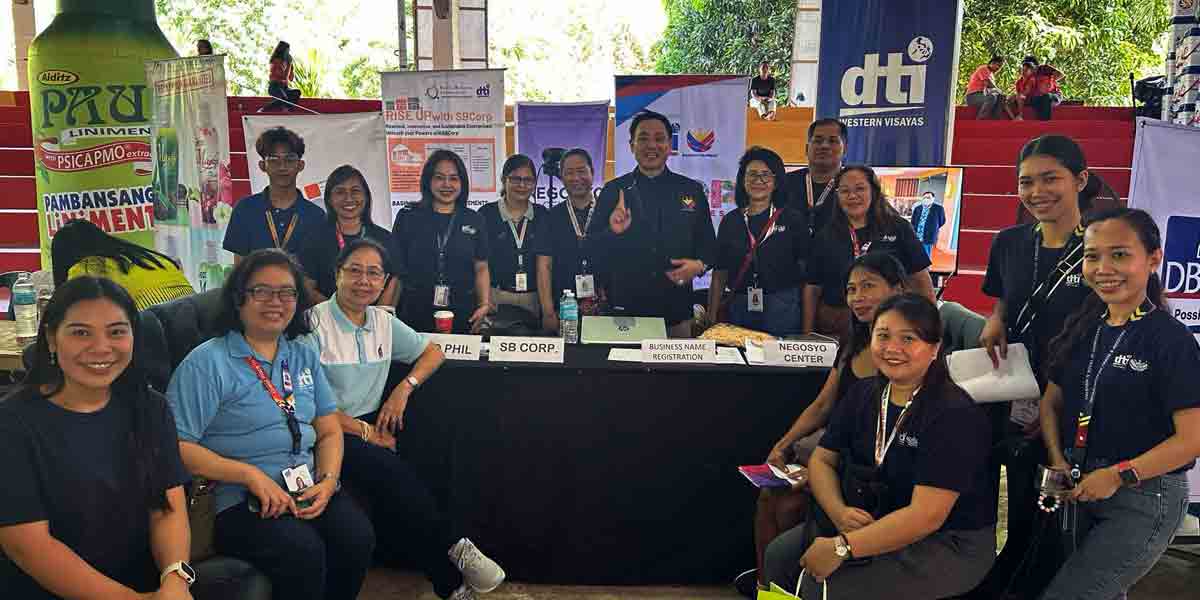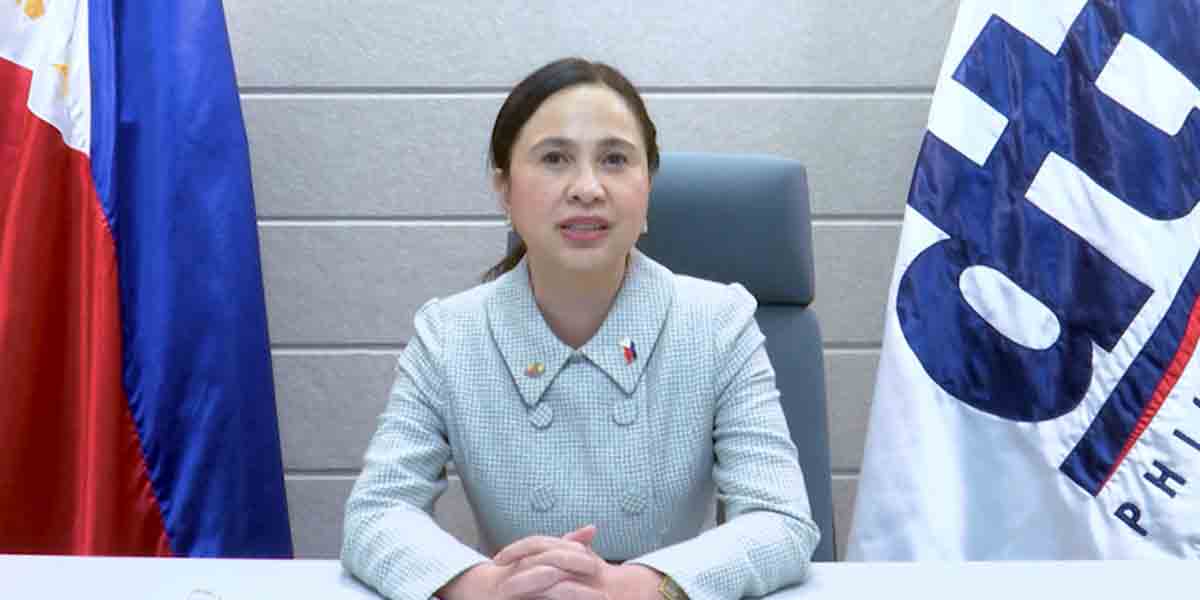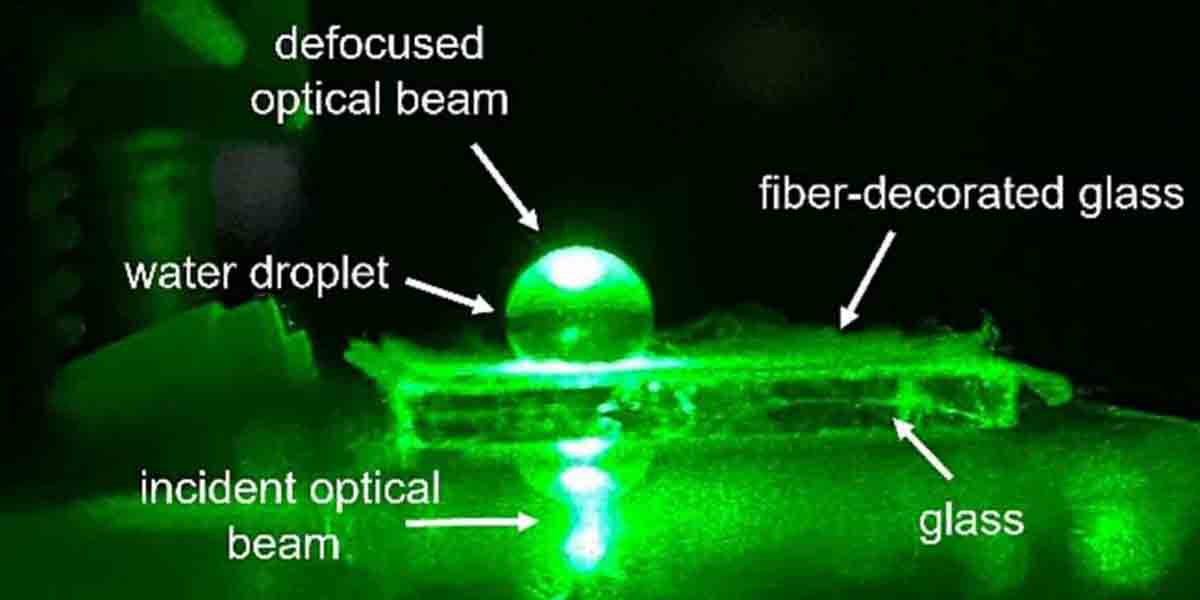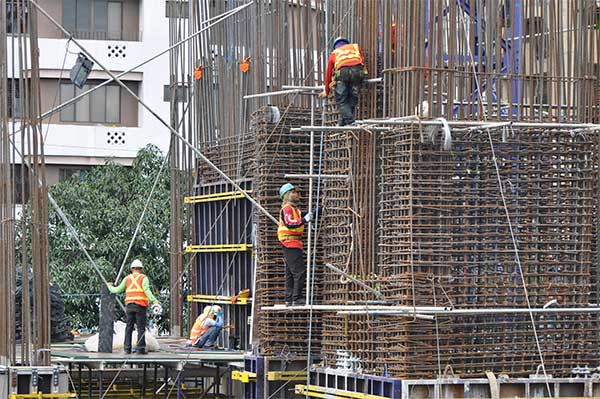
By Francis Allan L. Angelo
The Philippine government today unveiled the implementing guidelines for Executive Order No. 59 (EO 59), aimed at streamlining the permitting process for Infrastructure Flagship Projects (IFPs).
The guidelines, a collaborative effort between the National Economic and Development Authority (NEDA) and the Anti-Red Tape Authority (ARTA), promise to expedite the completion of critical infrastructure projects by eliminating bureaucratic delays.
NEDA Secretary Arsenio M. Balisacan emphasized the importance of this initiative in improving the investment climate and enhancing the ease of doing business in the country.
“Fast-tracking our major capital projects is crucial because we seek to catch up with our dynamic neighbors in the region and realize the numerous economic opportunities such projects will bring,” Balisacan said in a press statement.
He added that these efforts aim to create high-quality jobs, improve regional connectivity, and boost the competitiveness of local industries.
The new guidelines, effective as of May 5, 2024, introduce several key measures to simplify the permitting process.
These include the use of electronic or digital signatures, limiting the number of required signatories on documents to three, allowing simultaneous processing of applications through an Affidavit of Undertaking, and mandating automatic approval or renewal of documents if agencies fail to act within the prescribed timeframe.
ARTA Secretary Ernesto V. Perez highlighted the broader impact of efficient infrastructure projects on the country’s growth and quality of life.
“When we invest in building robust infrastructure, we are laying the foundation for economic growth, social progress, and enhanced quality of life for our fellow Filipinos,” Perez said. He reiterated the government’s commitment to cutting through red tape and ensuring the efficient completion of these projects.
EO 59 is closely aligned with the Philippine Development Plan 2023-2028, which prioritizes the expansion and upgrade of the country’s infrastructure as a key component of socio-economic transformation. This plan includes 185 IFPs with a total investment of 9.54 trillion pesos (approximately 162.7 billion US dollars).
The guidelines also mandate the digital transformation of operations for all IFP licensing agencies, encouraging automation and electronic submissions to ensure seamless data sharing and interoperability of platforms. This digital push is expected to enhance transparency, reduce corruption, and improve overall governance.
In a keynote message delivered on behalf of Secretary Balisacan during the signing of the guidelines, NEDA Undersecretary Joseph J. Capuno noted the successful completion of three IFPs: the Samar Pacific Coastal Road Project, the Integrated Disaster Risk Reduction and Climate Change Adaptation Measures in Pampanga Bay Project, and the Flood Risk Improvement and Management Project for Cagayan De Oro River.
“Digital transformation, a dynamic innovation ecosystem, and enhanced digital and physical connectivity are all part of the transformation agenda espoused by the Philippine Development Plan 2023-2028. Implementing and pushing for policies that advance these priorities contribute to the fundamental transformation of our society,” Capuno said.
These projects exemplify the government’s commitment to infrastructure development and its benefits for the Filipino people.
As the government continues to focus on infrastructure, it aims to allocate 5 to 6 percent of the country’s GDP to these projects until 2028. This sustained investment is expected to create a conducive environment for businesses and investors, thereby driving economic growth and social progress.
The implementing guidelines of EO 59 were signed at the Philippine International Convention Center by NEDA Undersecretary Capuno, ARTA Secretary Perez, and other key officials from the INFRACOM, marking a significant step towards a more efficient and transparent infrastructure development process.



